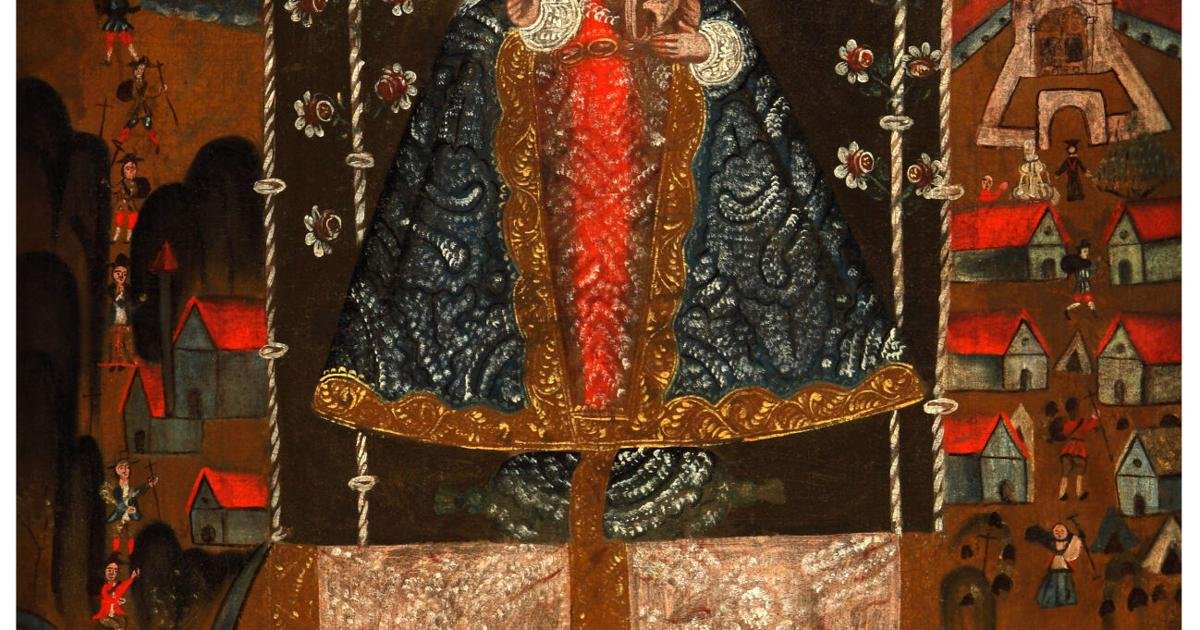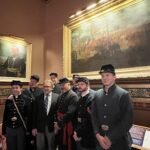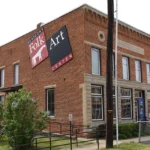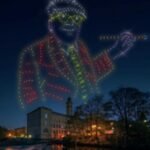
In the Andean highlands near Lake Titicaca, Sebastian Quimicchi — an Inca from the town of San Pedro de Cocharcas — commissioned a painted copy of the sculpture Our Lady of Copacabana by Francisco Tito Yupanqui, a descendant of the noble lineage of Inca ruler Huayna Capac.
The Augustinian priests established the shrine at Copacabana in 1618 to replace the cult of the Inca creator god Viracocha. According to ancient Inca cosmovision, Lake Titicaca was the birthplace of the sun, the moon, and the first humans.
The work depicts Our Lady of Cocharcas under a canopy or baldachin on a pilgrimage to her new hometown. The legendary journey was full of perils: treacherous cliffs, rivers, a rampant bull, and a demon-possessed woman. All incidents were averted by the miraculous presence of the Virgin and her clerical entourage.
The painting also offers a candid view of 18th-century Peruvian Costumbrismo, or custom painting, with the depiction of miniature figures of pilgrims descending from the highlands, a woman who miraculously recovered from limping, the town major holding a wooden rod symbol of his authority greeting a bishop, and an Afro-Peruvian man heralding the arrival of the Queen of the Andes with a horn.
— Orlando Hernández Ying, Lapis Curator of the Arts of the Americas











